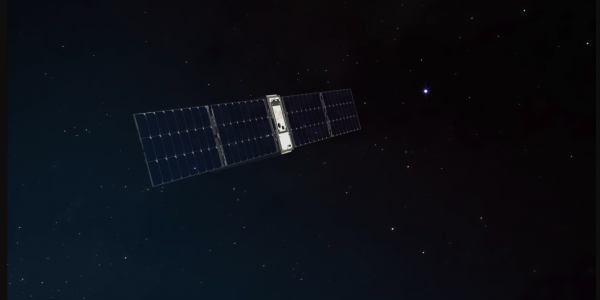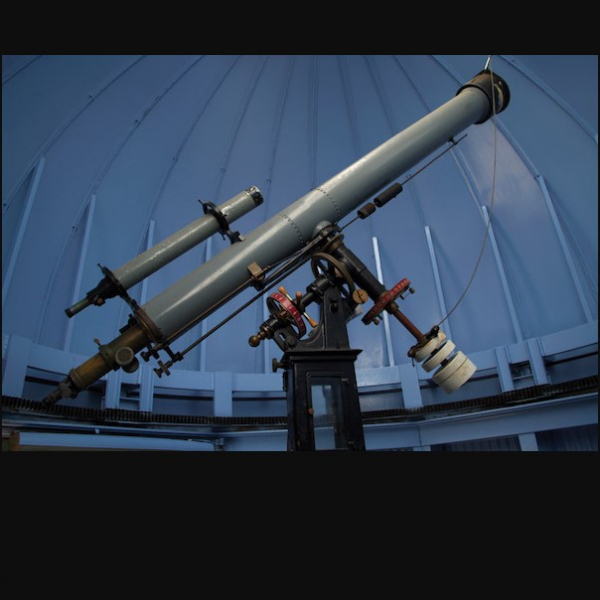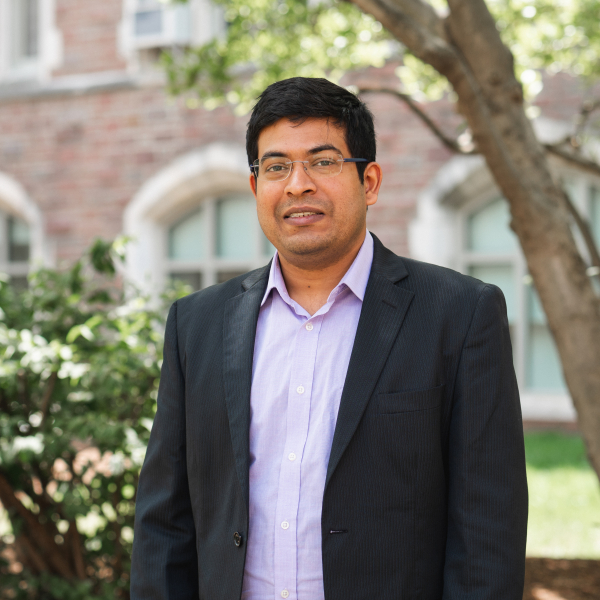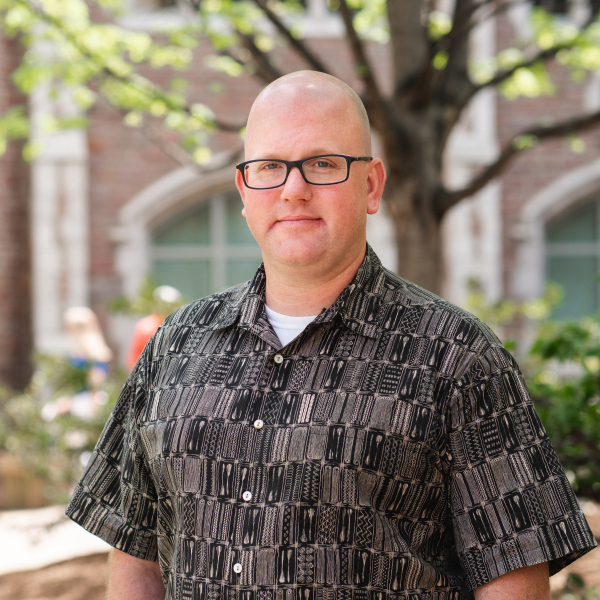A group of four small satellites, known as CubeSats, were deployed into low Earth orbit from the International Space Station. These CubeSats, developed by NASA and universities, launched to the station through NASA's CubeSat Launch Initiative.
Among them is BurstCube, a shoebox-sized satellite designed to study the Universe’s most powerful explosions. It was launched from Cape Canaveral on March 21 aboard a SpaceX rocket. After reaching the ISS, it was deployed into orbit on April 18 to search the sky for brief flashes of high-energy light, including gamma-ray bursts. Dense stellar remnants called neutron stars create these bursts when they collide with other neutron stars or black holes.
Astronomers are interested in learning more about these collisions because they’re an important source of the Universe’s heavy elements, like gold and platinum. BurstCube’s goal is to detect, locate, and study bursts, as well as alert other observatories to coordinate detailed follow-up studies. BurstCube will join a growing network of satellites and telescopes working together to witness changes in the Universe as they unfold.

“BurstCube may be small, but in addition to investigating these extreme events, it’s testing new technology and providing important experience for early career astronomers and aerospace engineers,” said Jeremy Perkins, BurstCube’s principal investigator.
Perkins is an experimental gamma-ray astrophysicist for NASA’s Goddard Space Flight Center in Greenbelt, Maryland. He earned his PhD from Washington University in St. Louis in 2006 under the guidance of his advisor, Henric Krawczynski. Krawczynski is chair of the Department of Physics and the Wilfred R. and Ann Lee Konneker Distinguished Professor in Physics, as well as a fellow in the McDonnell Center for the Space Sciences.
"WashU and Professor Krawczynski showed me how the science underpins everything we do," said Perkins. "It starts from there and in the end you get to build and deploy a mission into space. The guidance I received as a graduate student directly led to the work I'm doing now."
Krawczynski said, "Jeremy and a peer of his were my first two graduate students. I am very proud that he is doing such exciting research."
Another alum, Georgia de Nolfo, is also an astrophysicist at the Goddard Space Flight Center. Her Heliophysics lab played a key role in the early stages of the BurstCube instrument development, delivering the silicon photomultiplier arrays and readout for BurstCube. She earned her PhD from Washington University in 1997, working with Martin Israel, professor emeritus of physics.
"Washington University and the MCSS provided an incredibly supportive environment," said de Nolfo. "My time there led to many years of collaborating with WashU through the Advanced Composition Explorer mission and several high-altitude balloon campaigns including TIGER, SuperTIGER and TIGERISS."




